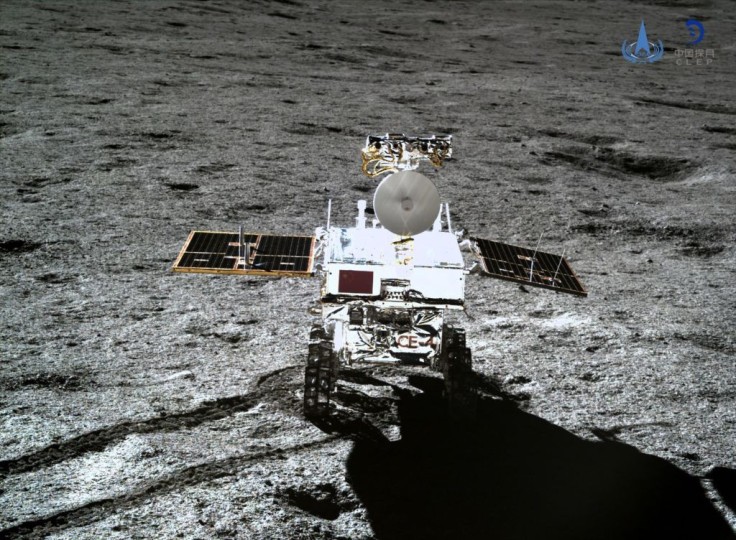
The Chinese lunar rover Yutu-2 update includes new and unique discoveries in the moon as it continues to traverse the celestial body.
Until now, researchers and studies haven't been able to get a close look at the moon's far side, and the discoveries revealed by the Yutu-2 rover could be crucial for future expeditions.
Even after several crewed and uncrewed expeditions to the moon, the moon's far side has remained unexplored due to communication challenges with Earth from there.
However, China's Chang'e 4 mission landed the Yutu-2 rover on the far side's surface in 2019.
With that, it has recently been discovered that on the far side of the moon has some sticky dirt.
China Yutu-2
Investigatigating the composition of basalt rocks on the Moon's far side is part of the Yutu-2 mission's objectives, and the evidence gathered from the far side will be used to compare them to rocks on the Moon's near side.
According to Gizmodo, the rover has gone 3,300 feet since landing, studyinh the geology of out nearest cosmic neighbor.
Yutu-2 Update
China's Yutu-2, the first rover to visit the far side of the moon, discovered significant variations between it and the near side.
On the far side, there is a larger number of small pebbles and impact craters, as well as stickier, more supporting soil.
New Scientist reported that based on the way Yutu-2 trundled around and the observations it made using radar and spectrometer, Liang Ding of the Harbin Institute of Technology in China and his colleagues have surmised more about the make-up and properties of the far-side soil.
The moon's far side has been discovered to be rather flat as well.
As stated by the researchers, analyzing the data that was given by the rover, Yutu-2 didn't slip and skid as much as it would have on the moon's near side.
In that narrative, the soil also seems to stick to the rover's six wheels easily, indicating that it is more cemented and supportive.
Read Also: Elon Musk Facing Major Starlink Satellite Problem in India: How to Cancel Pre-Order, Get Refund
Small Strewn Craters
Within 50 meters of Yutu-2's passage across the Moon, there are 88 craters with an average diameter of about 12 meters, while 57 were less than 10 meters.
The vast majority have a diameter of fewer than 10 meters.
The craters are thought to be secondary impact craters generated by ejecta thrown from the impact that created the Zhinyu crater west of the rover's landing location, according to planetary experts.
In addition, a dark greenish, glistening material was discovered by Yutu-2, which is another intriguing enigma in the bottom of a 2-meter wide crater.
It was originally described as gel-like and could be rock melted together by the heat of an impact.
China Lunar Rover Discovering Sticky Soil
As reported by Inverse, the researchers were able to quantify the consistency and load-bearing qualities of lunar regolith by monitoring how it clung to the Yutu-2 rover's wire mesh wheels and noting how the wheels slipped in the regolith on occasion.
They added that it is indicating greater bearing strength than that identified during the Apollo missions, the regolith mimics dry sand and sandy loam on Earth.
Furthermore, in indicating that it is a regional rather than a site-specific property of a patch of regolith, the slightly sticky property of lunar regolith was observed over several lunar days,
According to the researchers, it is theorized that it may be due to greater and longer exposure to space weathering than lunar near-side regions.









